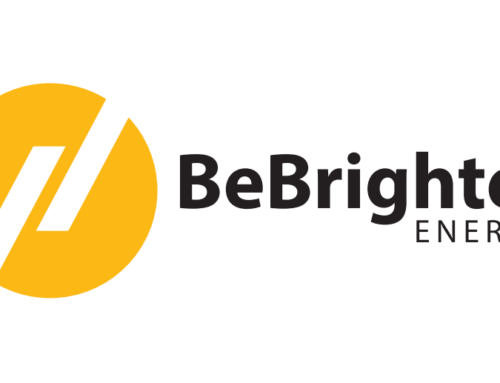United Kingdom Approaches 16 GW in Installed Solar Capacity
The latest figures from the UK’s Department for Energy Security and Net Zero (DESNZ) indicate a slower start to 2024 for solar installations, with small-scale projects dominating the additions. As the UK General Election nears, industry leaders are urging swift government action to address the issues hindering capacity expansion.
As of the most recent data, published by DESNZ, the UK’s installed solar capacity has reached 15.9 GW. The data, released on May 30, 2024, shows that only 190 MW of capacity was added in the first four months of 2024, a significant drop from the 330 MW added in the same period of 2023. In total, the UK installed 916 MW of solar capacity in 2023, marking it as the fifth-highest year on record for new capacity, despite being the second highest for the number of new installations, with 191,524 systems coming online. The majority of these were smaller installations.
In the first four months of 2024, small-scale installations continued to dominate, with systems of 4 kW or less accounting for 84 MW of the 190 MW added. Installations ranging from 4 kW to 10 kW contributed 69 MW, while those between 10 kW and 50 kW added 37 MW. Notably, there were no new installations over 50 kW in the early months of 2024, a stark contrast to 2023, which saw 98 MW from such installations, including 76 MW from utility-scale projects exceeding 25 MW.
As of April 2024, domestic systems comprised 88% of the approximately 1.5 million UK solar installations recorded by DESNZ. Nevertheless, ground-mounted solar installations accounted for 49% (7.7 GW) of the UK’s total solar capacity at the end of March 2024. This includes two operational solar farms accredited through Contracts for Difference (CfDs).
CfDs are seen as pivotal for enhancing solar deployment in the UK. The fifth UK CfD auction in September 2023 tendered nearly 2 GW of capacity across 56 projects. The sixth CfD auction closed for applications on April 19, 2024, with results expected between late June and early September. This auction included a £120 million ($152.5 million) pot for “established technologies,” including solar installations up to 5 MW, onshore wind and others.
Mark Sommerfeld, Deputy Director of Policy at the Association for Renewable Energy and Clean Technology (REA), highlighted the UK’s lagging progress towards its solar generation targets. The government has set an ambitious target of 70 GW installed solar capacity by 2035. “With current deployment at around 16 GW, a step change is clearly needed,” Sommerfeld stated.
Achieving this target will require the implementation of solar projects across various scales, leveraging both rooftops and suitable sites for ground-mounted projects. While the market for smaller-scale projects remains robust, accelerating solar deployment necessitates unblocking the pipeline for larger utility-scale projects. Sommerfeld emphasised that the industry has a substantial queue of projects ready to proceed.
In the context of the upcoming UK General Election on July 4, Sommerfeld urged the next government to swiftly implement the recommendations from the Solar Taskforce, an industry-led advisory group supporting solar deployment. Key actions include addressing grid connection time scales and bolstering solar supply chains. He assured that the industry is prepared to collaborate with the government to meet these critical targets and maximise new solar capacity opportunities.
DESNZ notes that the latest deployment figures should be considered provisional and are likely to be revised as more data on newly operational sites is received.


